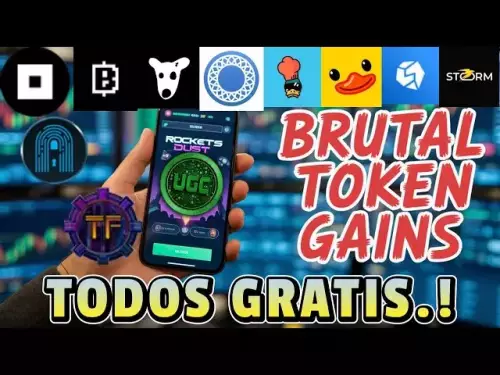-
 bitcoin
bitcoin $109667.069529 USD
-3.03% -
 ethereum
ethereum $3936.685804 USD
-4.07% -
 tether
tether $1.000493 USD
0.01% -
 xrp
xrp $2.771823 USD
-4.74% -
 bnb
bnb $957.805027 USD
-5.34% -
 solana
solana $196.735100 USD
-6.68% -
 usd-coin
usd-coin $0.999727 USD
-0.01% -
 dogecoin
dogecoin $0.227355 USD
-5.12% -
 tron
tron $0.335205 USD
-0.81% -
 cardano
cardano $0.779256 USD
-3.59% -
 ethena-usde
ethena-usde $0.999900 USD
-0.06% -
 hyperliquid
hyperliquid $42.492095 USD
-6.61% -
 chainlink
chainlink $20.501853 USD
-4.34% -
 avalanche
avalanche $28.952606 USD
-11.21% -
 stellar
stellar $0.356038 USD
-3.93%
What does blockchain mean and how does it improve data sharing efficiency?
Blockchain enhances data sharing by enabling direct transactions, ensuring transparency, and using smart contracts to automate processes, improving efficiency across sectors.
Apr 03, 2025 at 03:15 pm
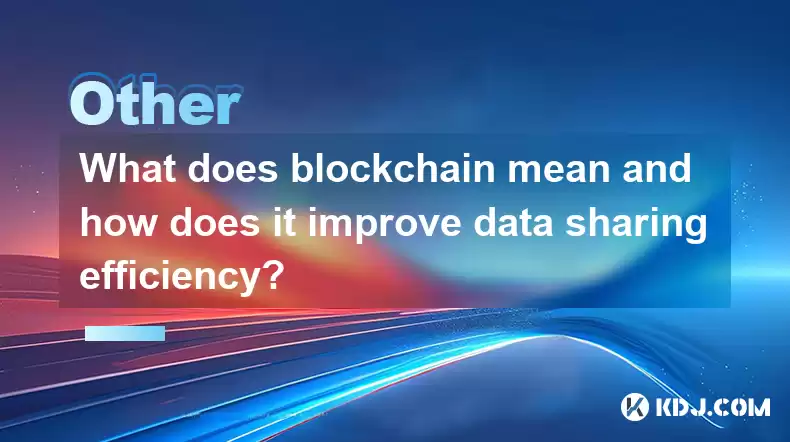
Blockchain is a decentralized and distributed digital ledger technology that records transactions across numerous computers. This technology ensures that once data is recorded, it cannot be altered retroactively without the alteration of all subsequent blocks and the consensus of the network. This characteristic makes blockchain highly secure and transparent, ideal for applications requiring high levels of trust and integrity. The term 'blockchain' itself refers to the way it stores data in blocks that are linked using cryptographic hashes. Each block contains a list of transactions and a reference to the previous block, forming a chain.
The Structure and Functioning of Blockchain
At its core, blockchain is composed of blocks of data. Each block contains a list of transactions, a timestamp, and a cryptographic hash of the previous block. This structure ensures that once a block is added to the chain, it becomes part of a permanent record that is extremely difficult to alter. The decentralized nature of blockchain means that it is maintained by a network of computers, or nodes, which validate and relay transactions. This distributed system removes the need for a central authority, reducing the risk of single points of failure and enhancing security.
How Blockchain Improves Data Sharing Efficiency
Blockchain enhances data sharing efficiency in several ways. Firstly, it allows for direct peer-to-peer transactions without intermediaries, which significantly reduces the time and cost associated with traditional methods. Secondly, the transparency and immutability of blockchain ensure that all parties have access to the same data in real-time, eliminating discrepancies and the need for reconciliation processes. Lastly, blockchain's use of smart contracts automates many processes, further speeding up transactions and reducing human error.
Key Features of Blockchain Enhancing Efficiency
- Decentralization: By removing the need for a central authority, blockchain reduces bottlenecks and single points of failure, allowing for more efficient data sharing.
- Transparency: All participants have access to the same data, which is updated in real-time, ensuring that everyone has the most current information.
- Immutability: Once data is recorded on the blockchain, it cannot be altered, which reduces the risk of fraud and errors, thereby increasing trust and efficiency.
- Smart Contracts: These are self-executing contracts with the terms directly written into code. They automate processes, reducing the need for manual intervention and speeding up transactions.
Applications of Blockchain in Data Sharing
Blockchain has found applications in various sectors due to its ability to enhance data sharing efficiency. In the financial sector, blockchain is used for faster and more secure transactions, reducing the time and cost of cross-border payments. In supply chain management, blockchain provides a transparent and immutable record of the journey of goods from producer to consumer, improving traceability and reducing fraud. In healthcare, blockchain can securely share patient data between healthcare providers, improving the quality of care and reducing administrative costs.
Blockchain in Financial Transactions
In the realm of finance, blockchain technology has revolutionized how transactions are conducted. Traditional banking systems often involve multiple intermediaries and can take days to process transactions, especially for international transfers. Blockchain, however, allows for direct transactions between parties, significantly reducing the time and cost involved. For instance, cryptocurrencies like Bitcoin and Ethereum use blockchain to enable peer-to-peer transactions without the need for banks or other financial institutions. This not only speeds up the process but also reduces fees, making it more efficient and accessible.
Blockchain in Supply Chain Management
Supply chain management benefits greatly from blockchain's ability to provide a transparent and immutable record of transactions. By recording every step of a product's journey on the blockchain, from raw materials to the end consumer, companies can ensure that all parties have access to the same information. This transparency helps in verifying the authenticity of products, reducing the risk of counterfeit goods, and improving overall efficiency. For example, companies like Walmart have implemented blockchain to track food products from farm to store, ensuring food safety and reducing waste.
Blockchain in Healthcare
In healthcare, blockchain can revolutionize data sharing by providing a secure and efficient way to share patient data between different healthcare providers. Traditionally, patient records are often siloed within individual healthcare systems, making it difficult to share information and coordinate care. Blockchain allows for a decentralized database of patient records that can be accessed by authorized parties, improving the quality of care and reducing administrative costs. For example, the MedRec project uses blockchain to create a decentralized record of medical data, allowing patients to control who has access to their information.
Challenges and Limitations of Blockchain
While blockchain offers significant advantages in enhancing data sharing efficiency, it also faces several challenges and limitations. One of the main challenges is scalability. As the number of transactions on a blockchain network increases, the network can become slower and more expensive to operate. Another challenge is the energy consumption associated with some blockchain networks, particularly those that use proof-of-work consensus mechanisms. Additionally, the complexity of blockchain technology can make it difficult for some organizations to adopt and integrate it into their existing systems.
Future Prospects of Blockchain in Data Sharing
The future of blockchain in data sharing looks promising, with ongoing developments aimed at addressing current challenges and expanding its applications. Innovations such as sharding and layer-2 solutions are being developed to improve the scalability of blockchain networks. Additionally, the adoption of more energy-efficient consensus mechanisms, such as proof-of-stake, is helping to reduce the environmental impact of blockchain technology. As more industries recognize the benefits of blockchain in enhancing data sharing efficiency, its adoption is likely to grow, leading to more secure, transparent, and efficient data sharing across various sectors.
Common Questions Related to Blockchain and Data Sharing Efficiency
Q: What is the basic structure of a blockchain?A: A blockchain is composed of blocks that contain a list of transactions, a timestamp, and a cryptographic hash of the previous block. These blocks are linked together in a chain, forming a permanent and immutable record of transactions.
Q: How does blockchain improve data sharing efficiency?A: Blockchain improves data sharing efficiency by enabling direct peer-to-peer transactions, providing transparency and real-time data access, ensuring data immutability, and automating processes through smart contracts.
Q: What are some applications of blockchain in data sharing?A: Blockchain is used in various sectors for data sharing, including finance for faster and more secure transactions, supply chain management for improved traceability, and healthcare for secure sharing of patient data.
Q: What are the main challenges facing blockchain technology?A: The main challenges include scalability, high energy consumption, and the complexity of integrating blockchain into existing systems.
Q: What are the future prospects for blockchain in data sharing?A: The future looks promising with ongoing developments in scalability and energy efficiency, and increasing adoption across various industries, leading to more secure and efficient data sharing.
Disclaimer:info@kdj.com
The information provided is not trading advice. kdj.com does not assume any responsibility for any investments made based on the information provided in this article. Cryptocurrencies are highly volatile and it is highly recommended that you invest with caution after thorough research!
If you believe that the content used on this website infringes your copyright, please contact us immediately (info@kdj.com) and we will delete it promptly.
- BlockDAG's Miner Rollout: A Global Expansion Story
- 2025-09-26 14:45:12
- XPL Surge: Is It a Dead Cat Bounce or the Real Deal?
- 2025-09-26 14:45:12
- XRP, Axelar, and Interchain Transfers: A New Era for DeFi?
- 2025-09-26 14:25:13
- Epstein Files, Antonio Brown, and Trump: A Wild Intersection
- 2025-09-26 14:25:13
- Tech-Savvy Parents Face Unexpected Challenges: A Guide to Childproofing the Digital Age
- 2025-09-26 14:30:01
- Riding the XRP Wave: Debt Tokenization and the Next Bull Cycle
- 2025-09-26 14:30:01
Related knowledge
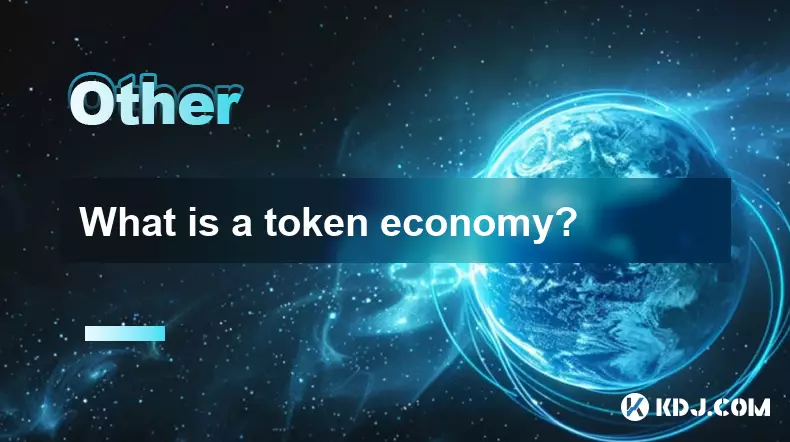
What is a token economy?
Sep 20,2025 at 12:18am
Understanding the Foundations of a Token Economy1. A token economy in the context of cryptocurrency refers to a system where digital tokens are used a...
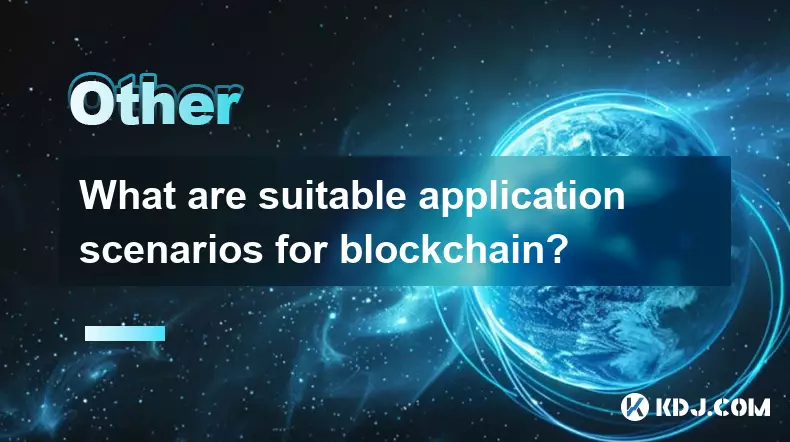
What are suitable application scenarios for blockchain?
Sep 20,2025 at 03:19am
Decentralized Finance (DeFi) Platforms1. Blockchain enables the creation of financial services without centralized intermediaries, allowing users to l...
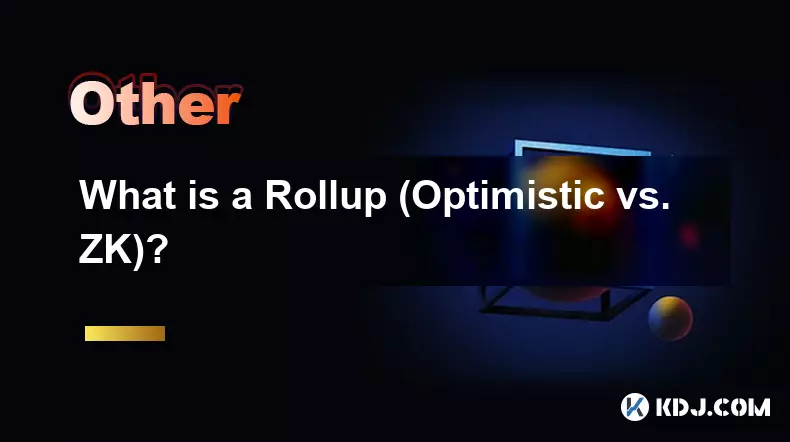
What is a Rollup (Optimistic vs. ZK)?
Sep 22,2025 at 03:00pm
Understanding Rollups in Blockchain Technology1. Rollups are layer-2 scaling solutions designed to increase transaction throughput on blockchains like...
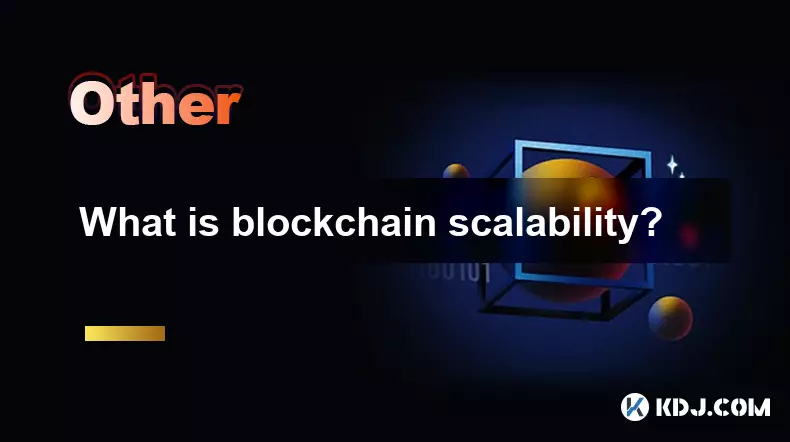
What is blockchain scalability?
Sep 19,2025 at 06:18am
Understanding Blockchain Scalability1. Blockchain scalability refers to a network's ability to handle an increasing number of transactions without com...
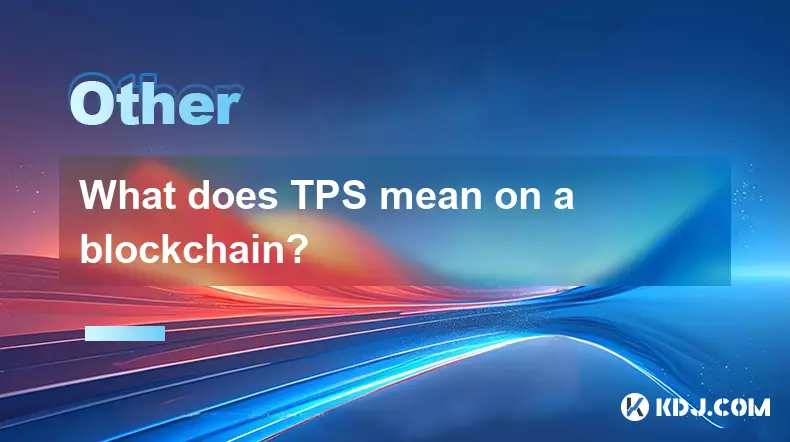
What does TPS mean on a blockchain?
Sep 21,2025 at 09:54am
Understanding TPS in Blockchain Technology1. TPS stands for Transactions Per Second, a metric used to measure the number of transactions a blockchain ...
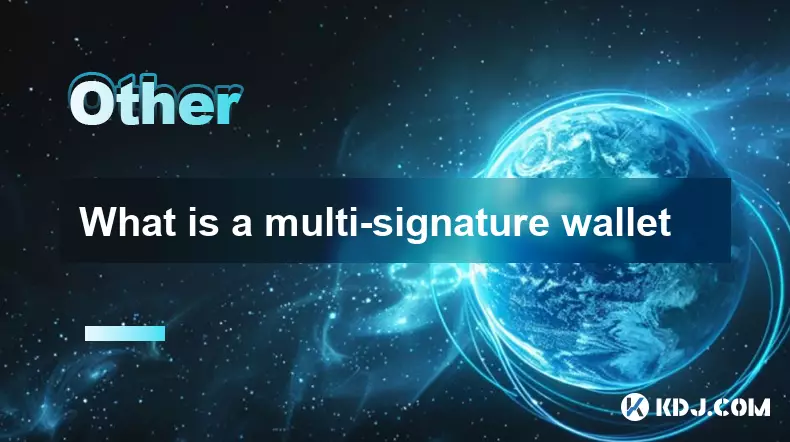
What is a multi-signature wallet
Sep 20,2025 at 07:00am
Understanding Multi-Signature Wallets in Cryptocurrency1. A multi-signature wallet, often referred to as a multisig wallet, is a type of cryptocurrenc...

What is a token economy?
Sep 20,2025 at 12:18am
Understanding the Foundations of a Token Economy1. A token economy in the context of cryptocurrency refers to a system where digital tokens are used a...

What are suitable application scenarios for blockchain?
Sep 20,2025 at 03:19am
Decentralized Finance (DeFi) Platforms1. Blockchain enables the creation of financial services without centralized intermediaries, allowing users to l...

What is a Rollup (Optimistic vs. ZK)?
Sep 22,2025 at 03:00pm
Understanding Rollups in Blockchain Technology1. Rollups are layer-2 scaling solutions designed to increase transaction throughput on blockchains like...

What is blockchain scalability?
Sep 19,2025 at 06:18am
Understanding Blockchain Scalability1. Blockchain scalability refers to a network's ability to handle an increasing number of transactions without com...

What does TPS mean on a blockchain?
Sep 21,2025 at 09:54am
Understanding TPS in Blockchain Technology1. TPS stands for Transactions Per Second, a metric used to measure the number of transactions a blockchain ...

What is a multi-signature wallet
Sep 20,2025 at 07:00am
Understanding Multi-Signature Wallets in Cryptocurrency1. A multi-signature wallet, often referred to as a multisig wallet, is a type of cryptocurrenc...
See all articles





















